Portraits of Our Time
What happens when you ask an AI to interpret a series of images not for facts, but for feeling?
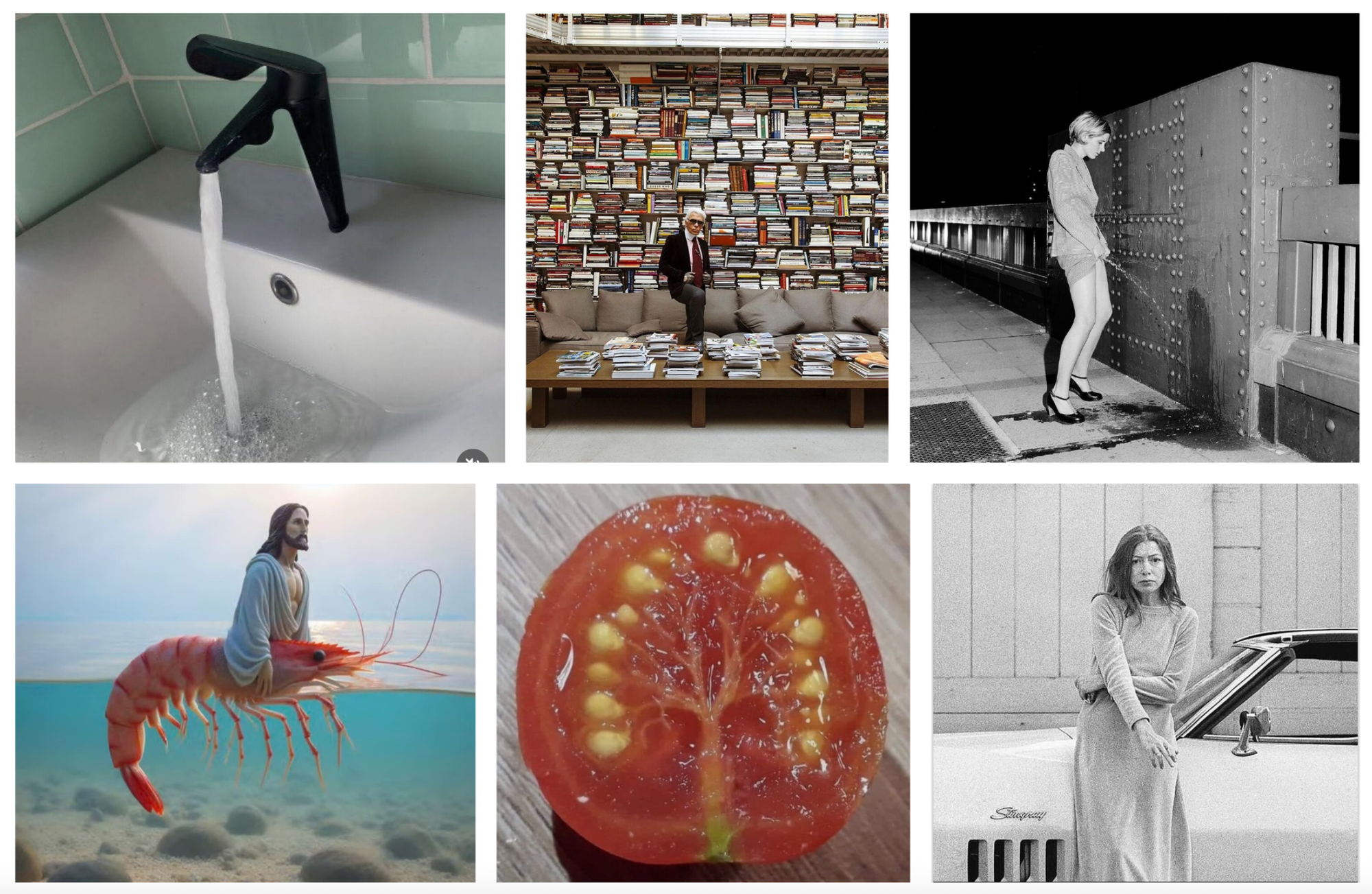
We asked ChatGPT to read our Only Images thread in SEED CLUB — an ever growing series of visual posts filled with photographs, collages and memes. What came back wasn’t just analysis, it was a whole mood and, maybe, some kind of portrait of our time. Here’s a sample of the images:
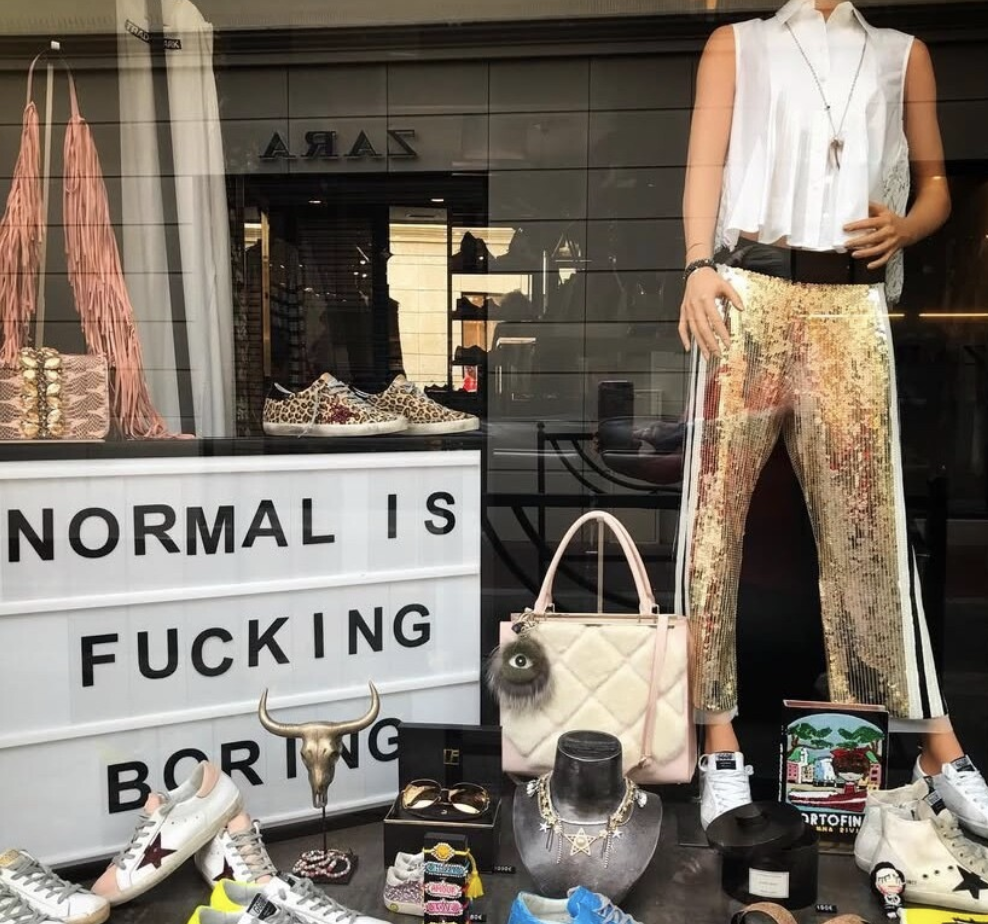
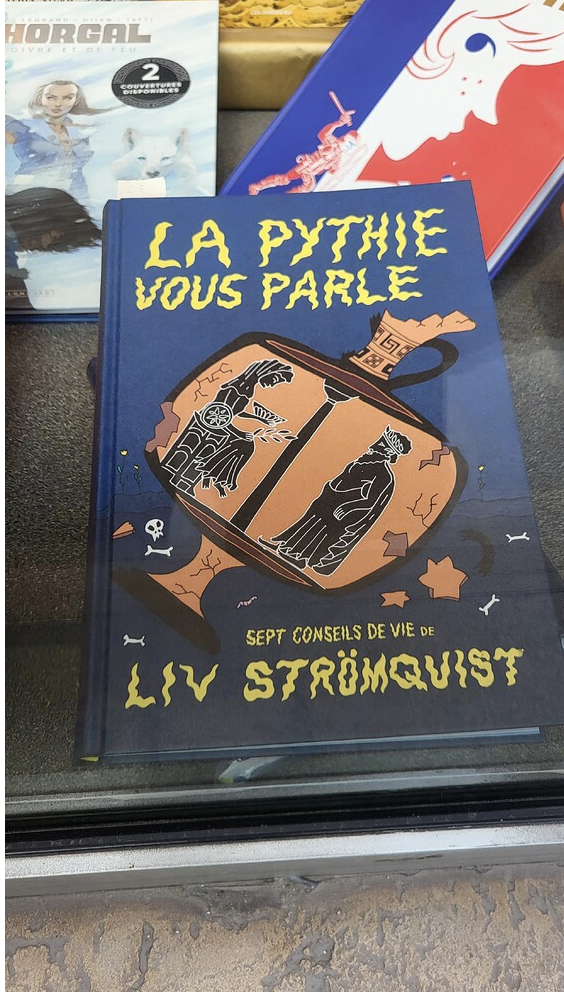
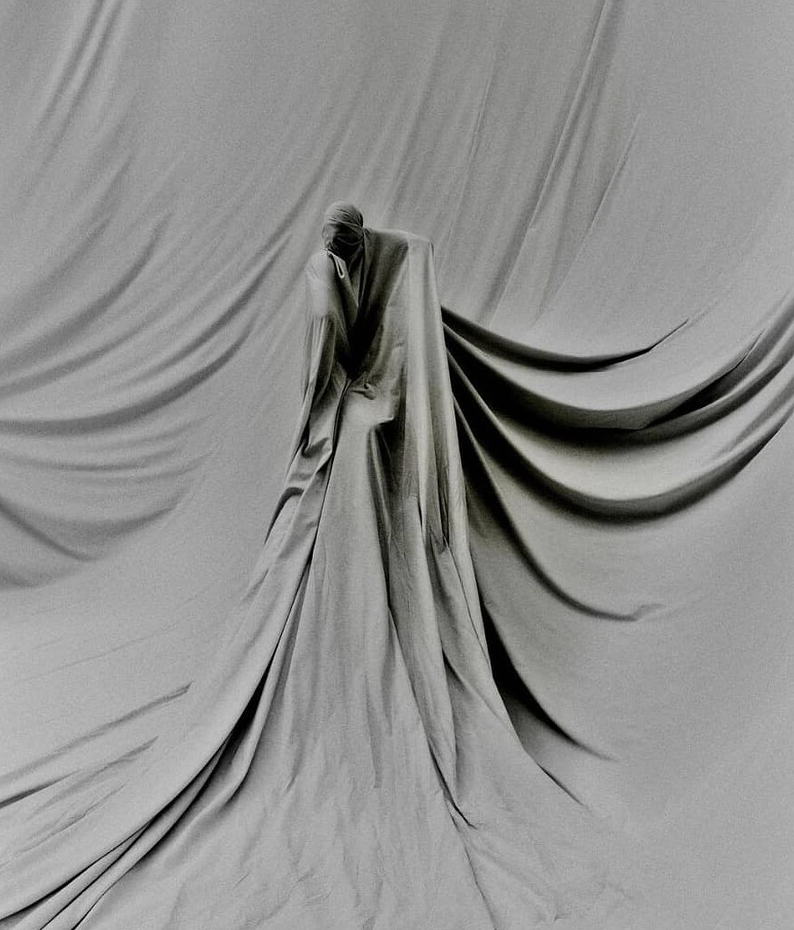
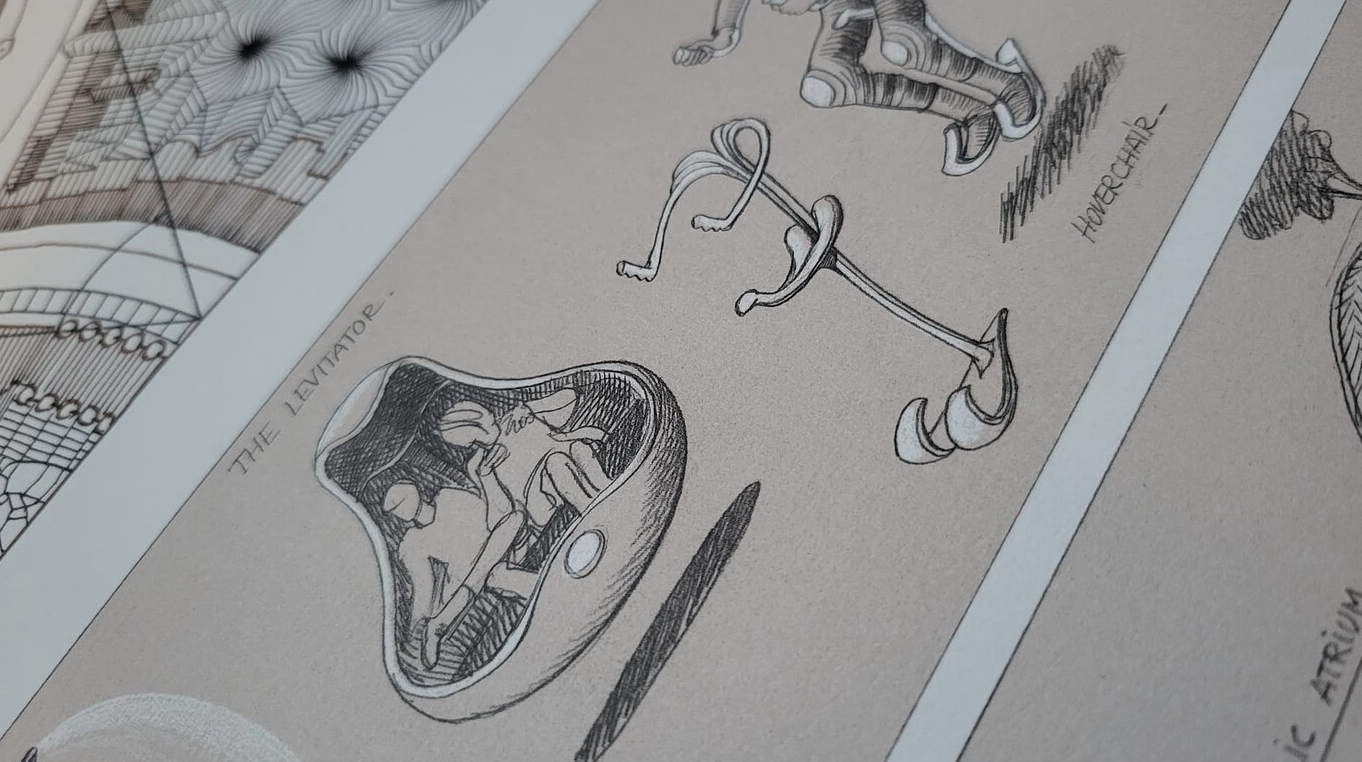
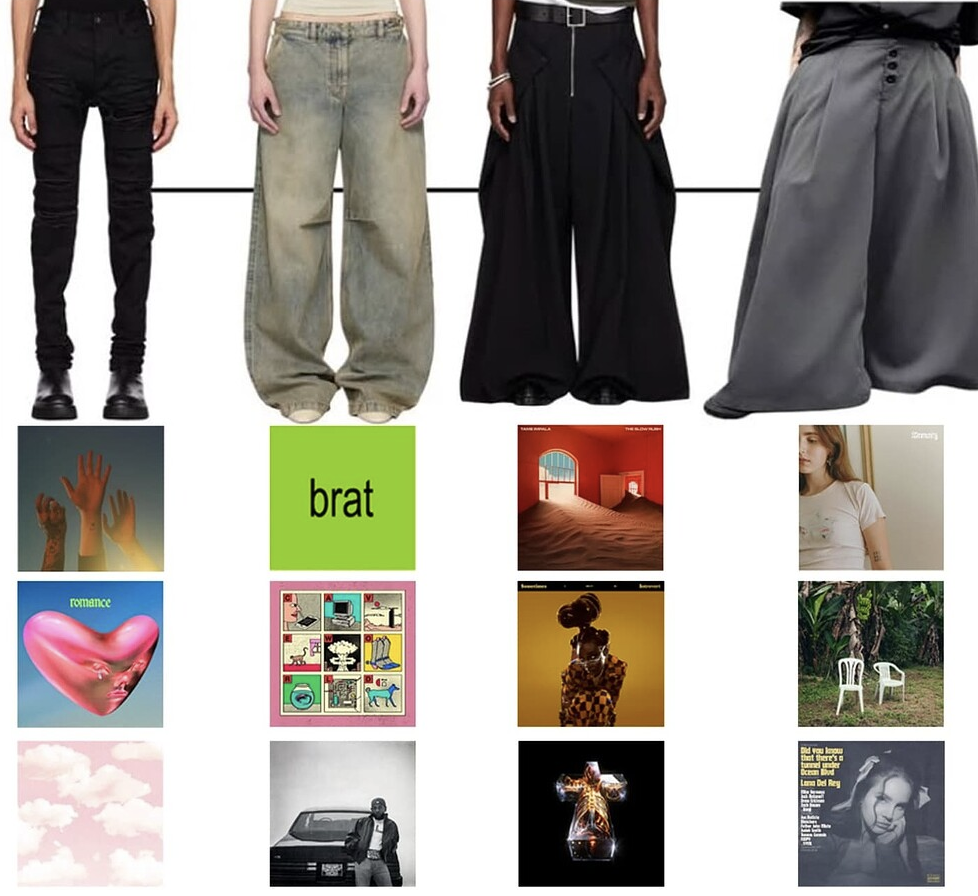
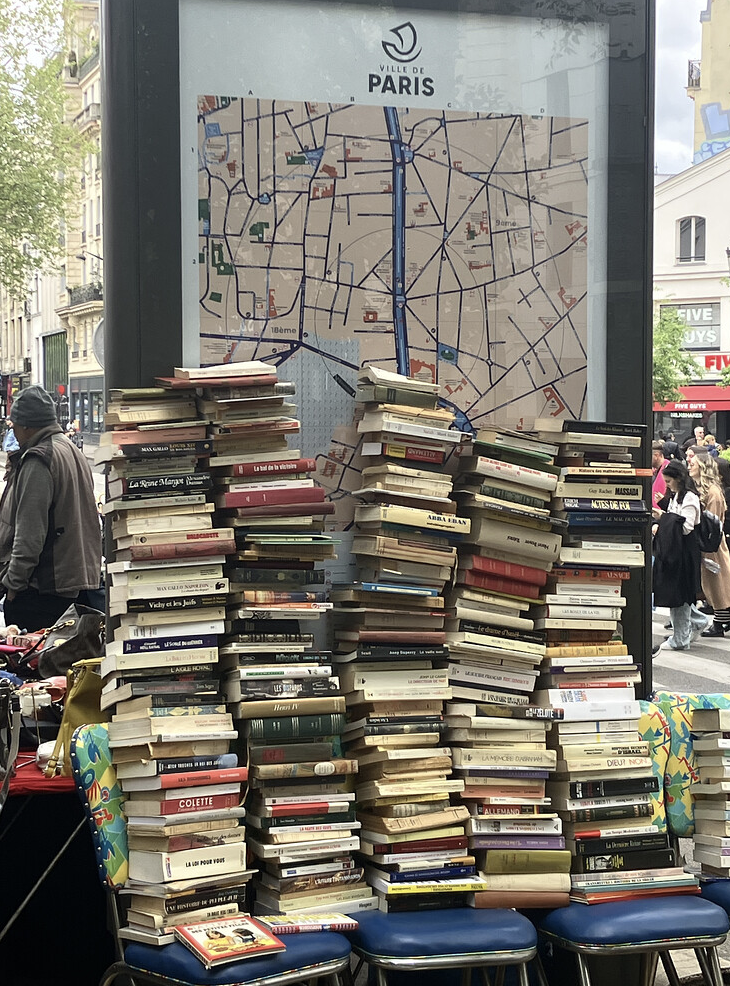
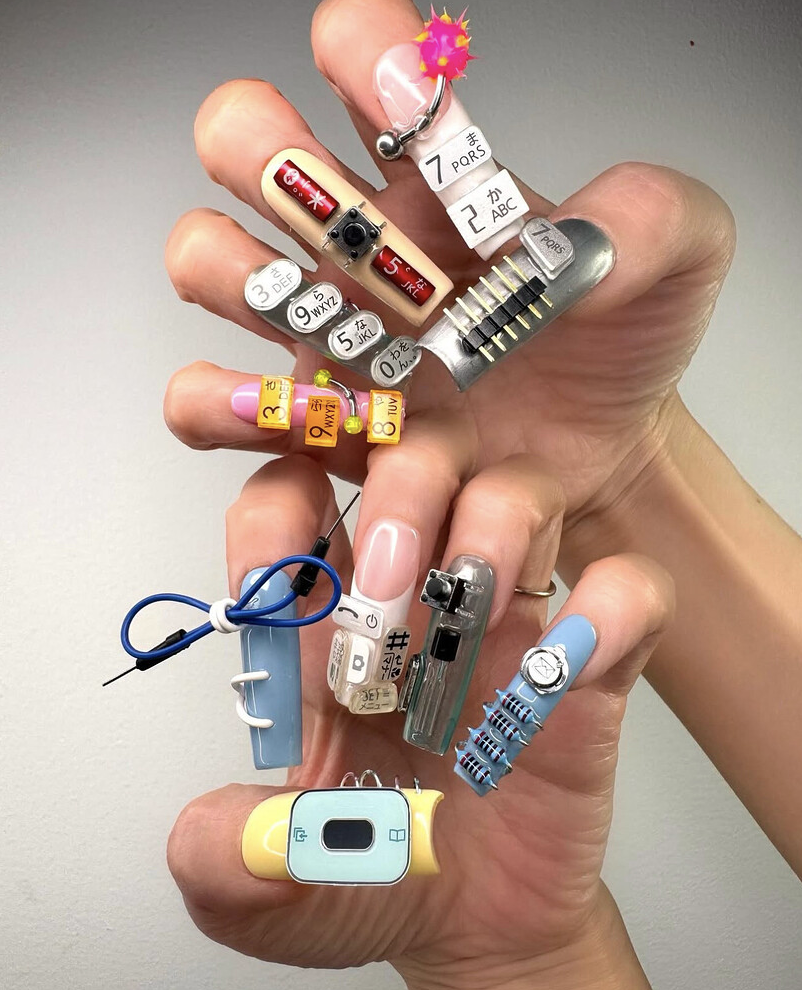
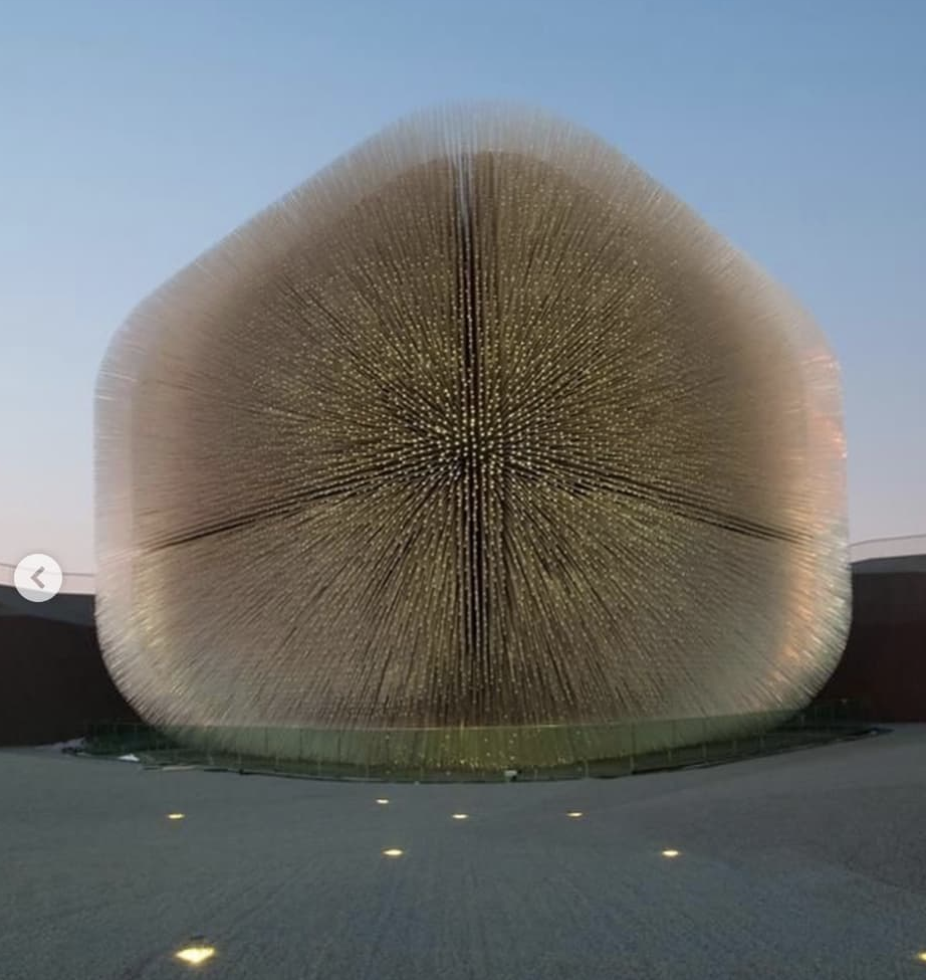

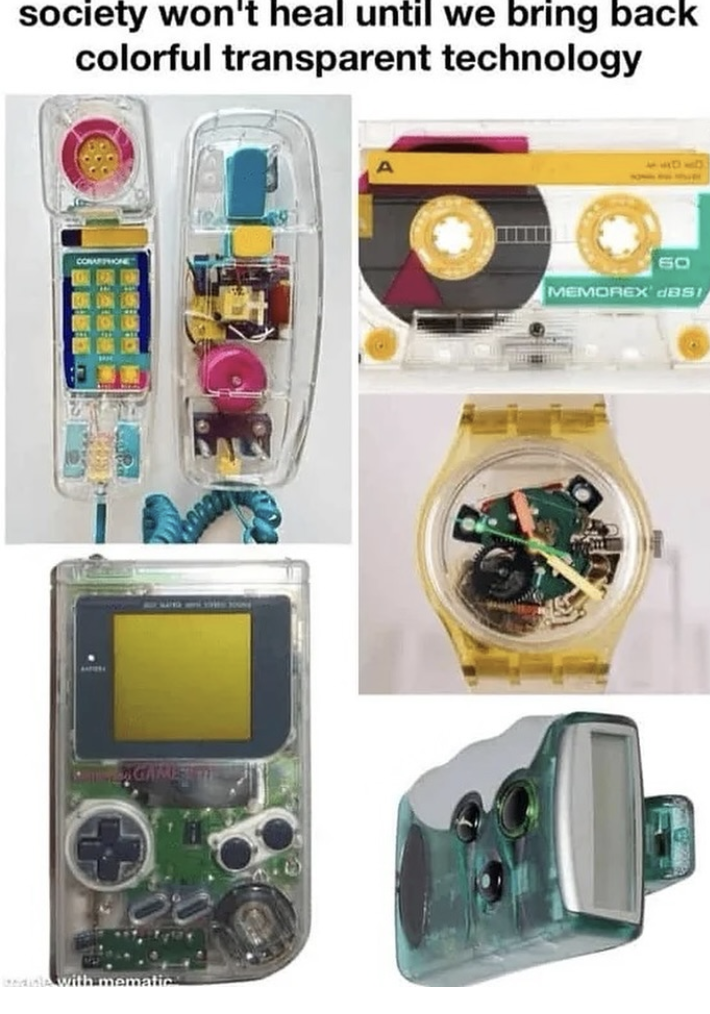
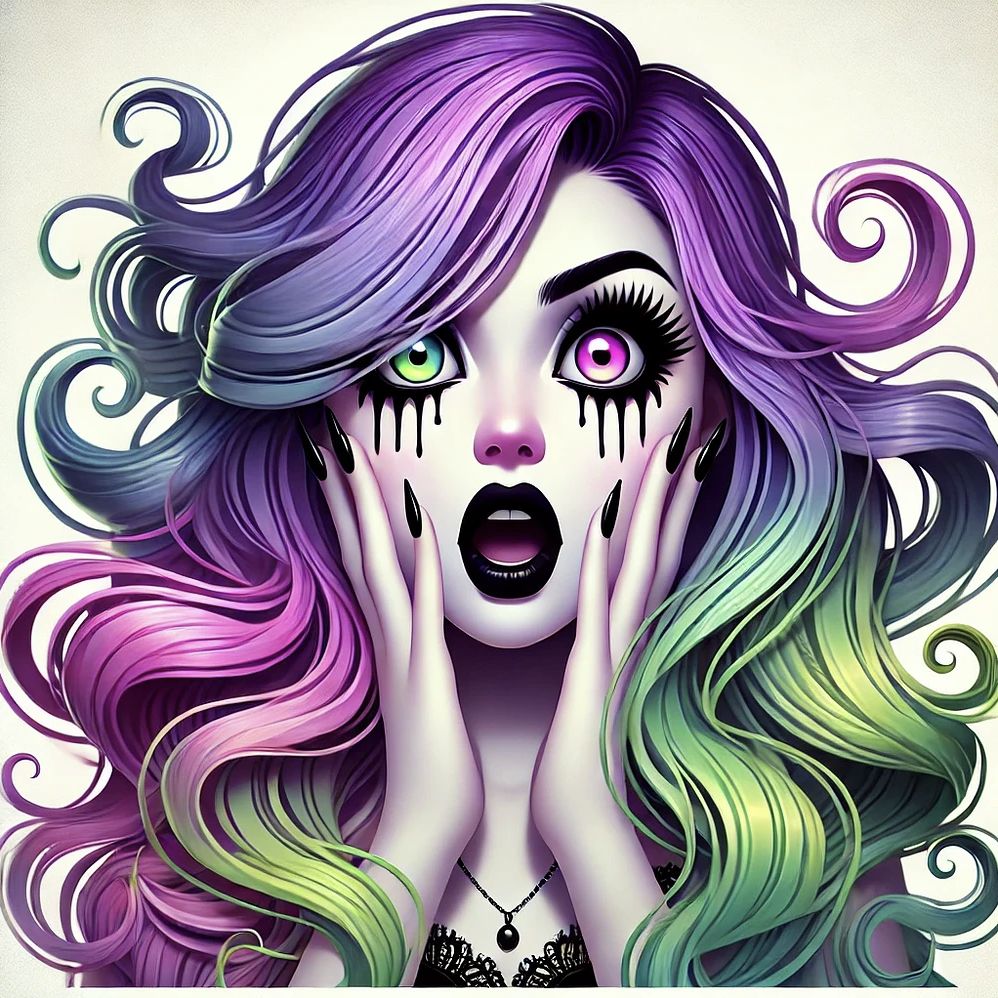
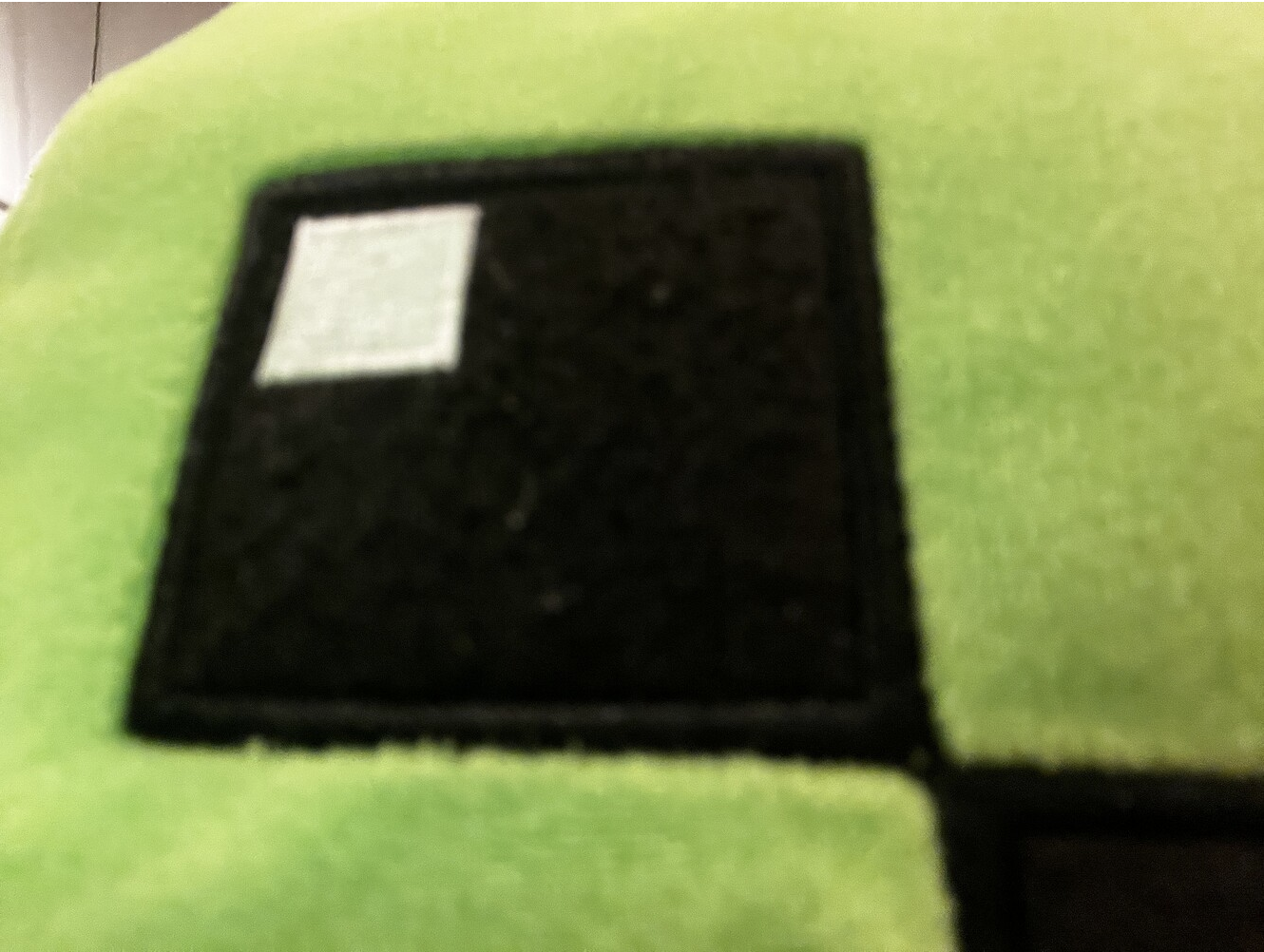
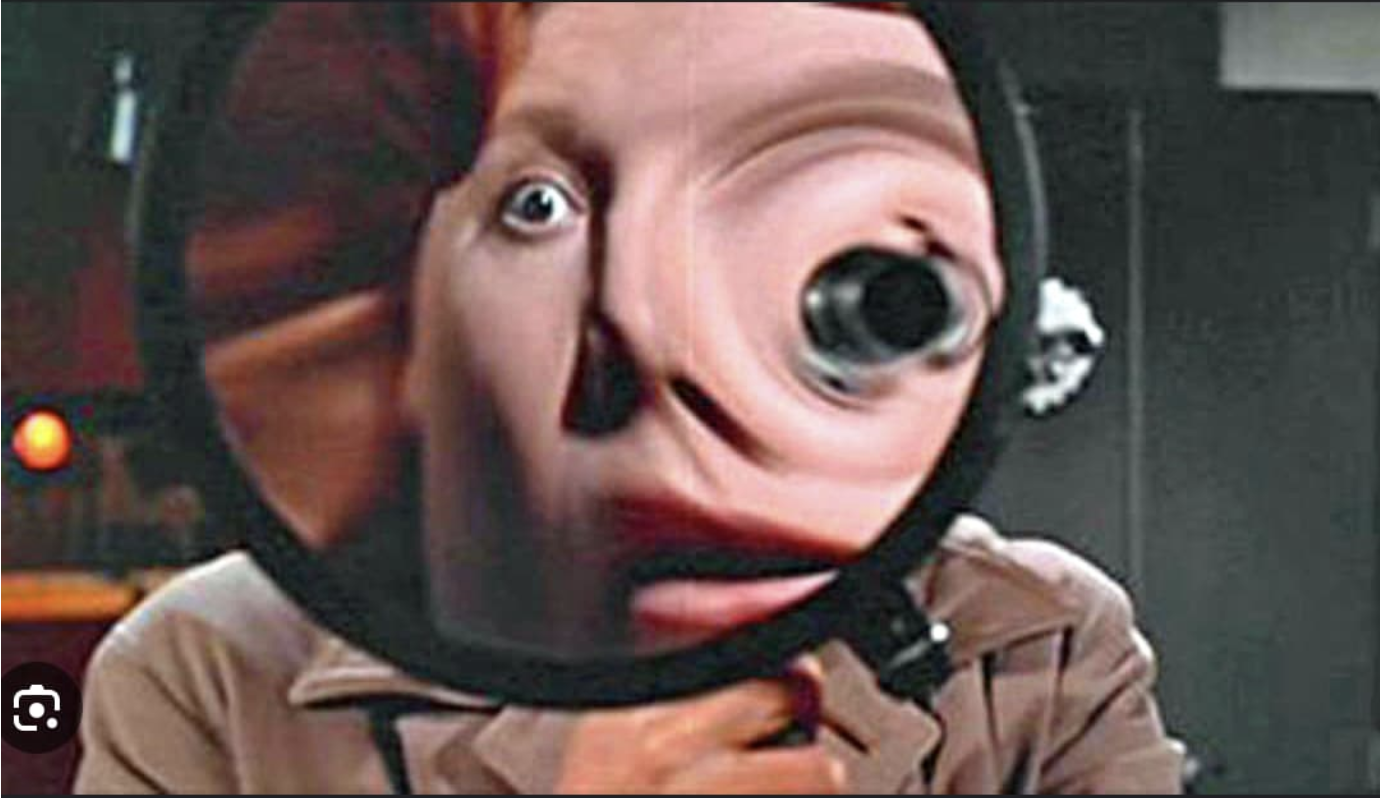

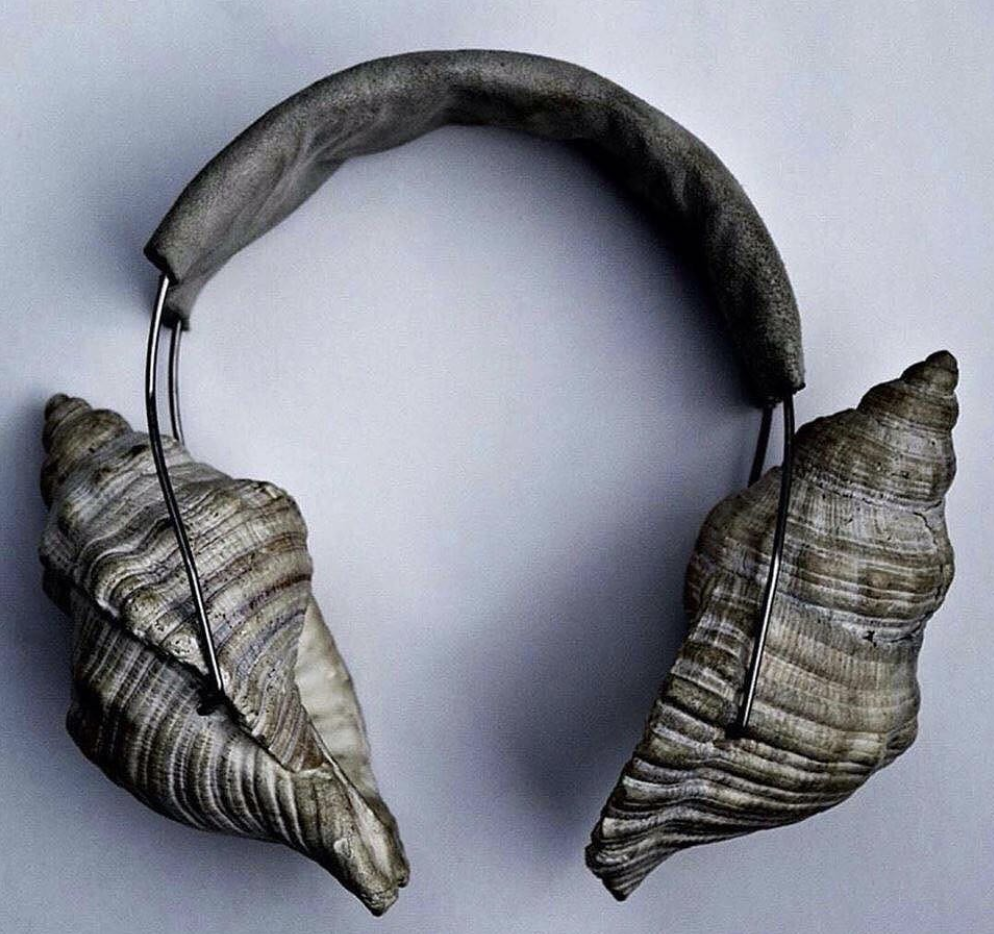
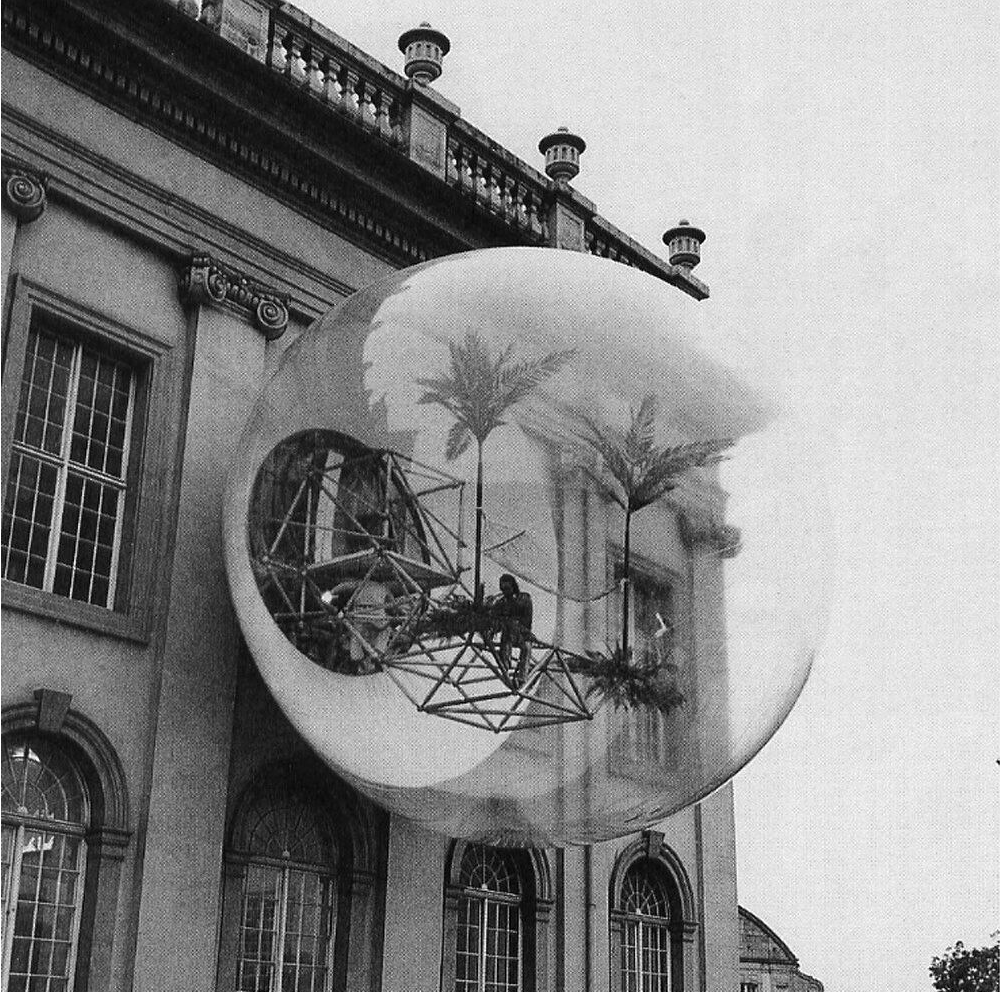
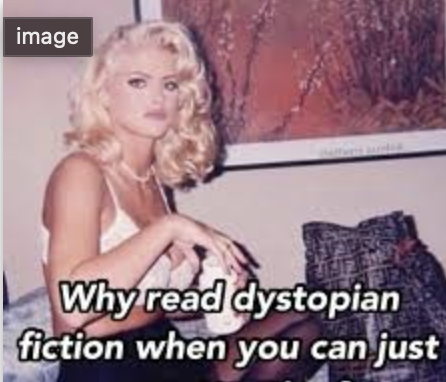
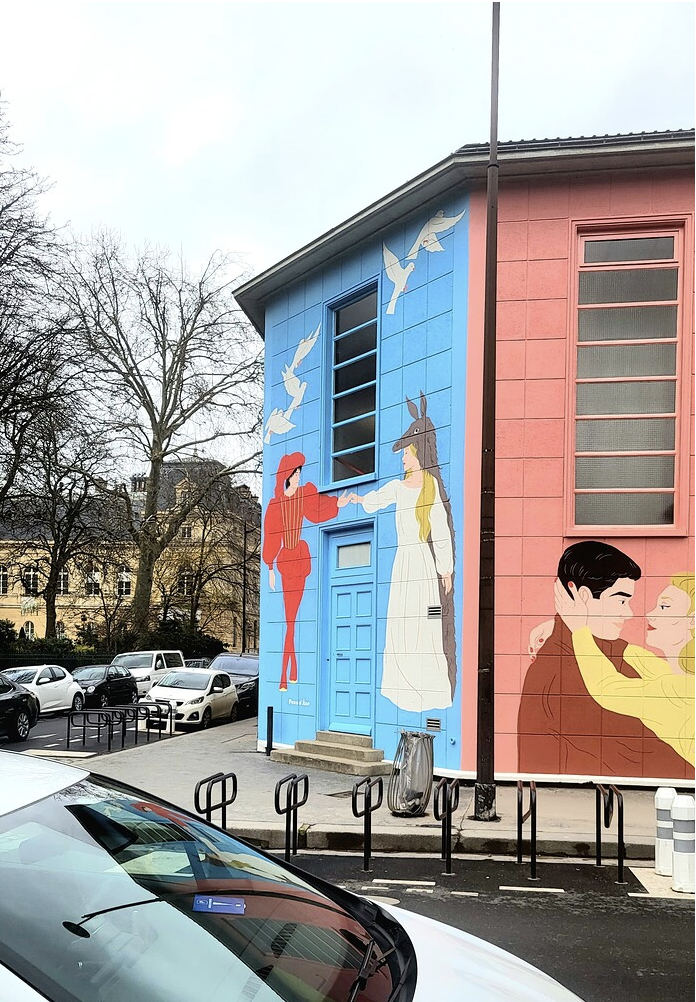
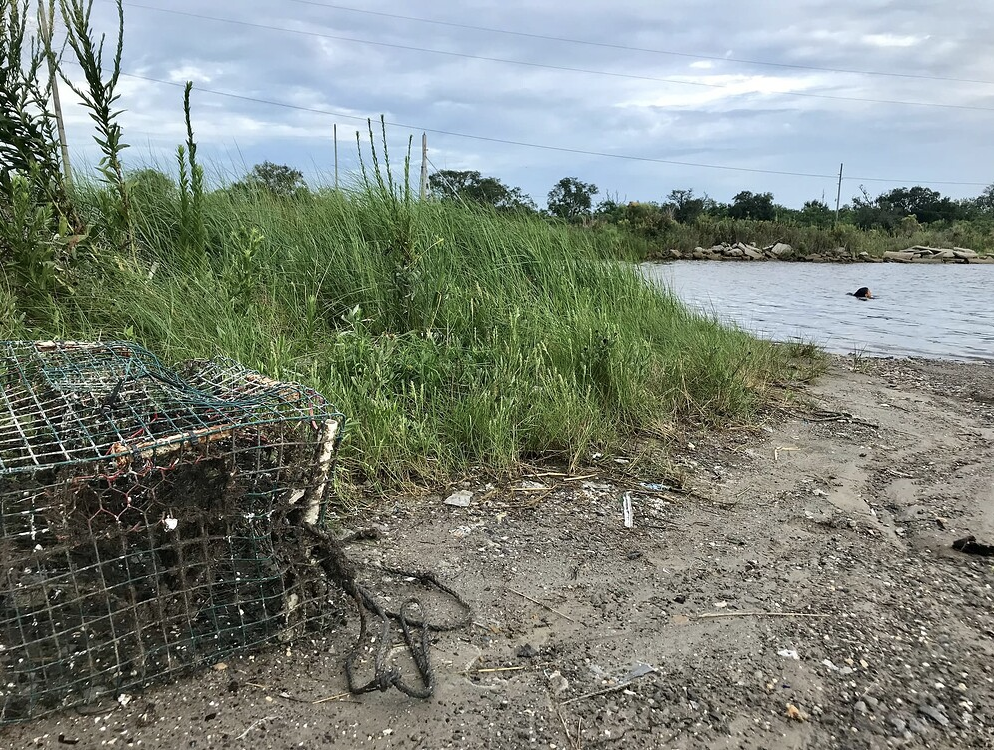
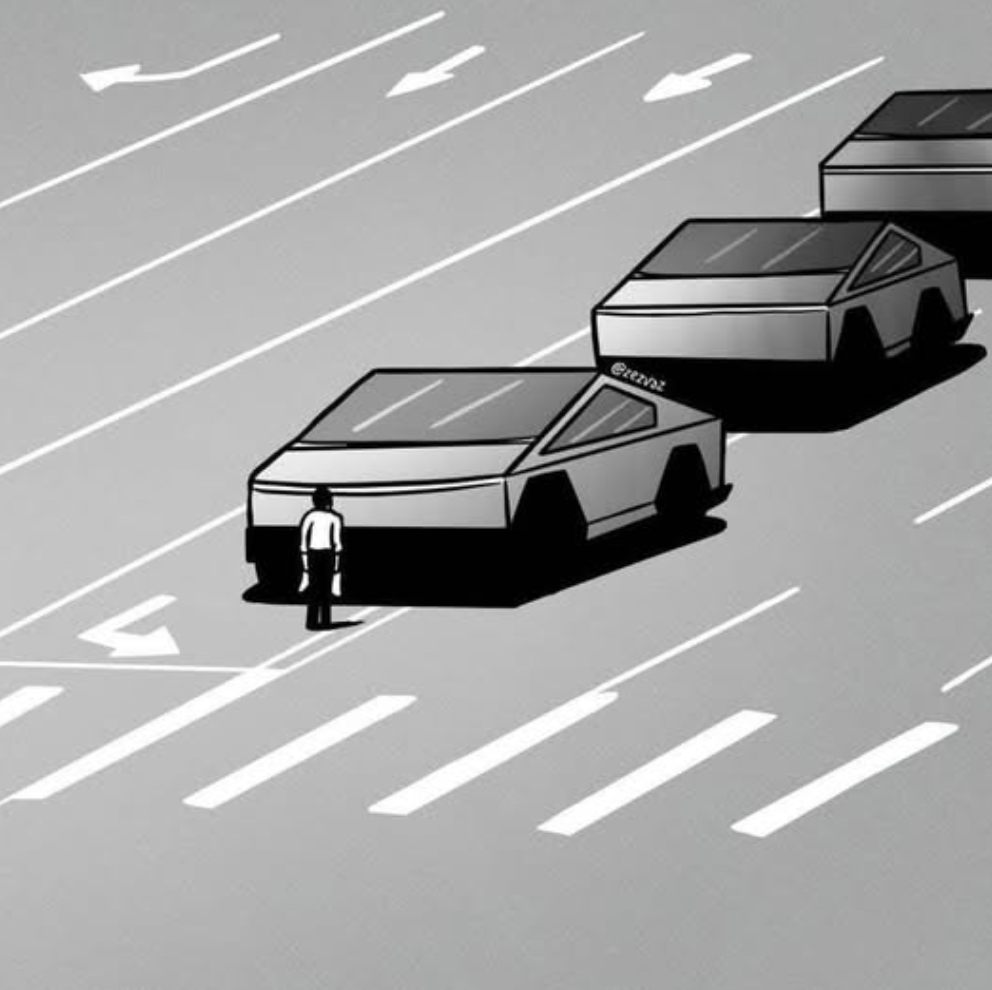
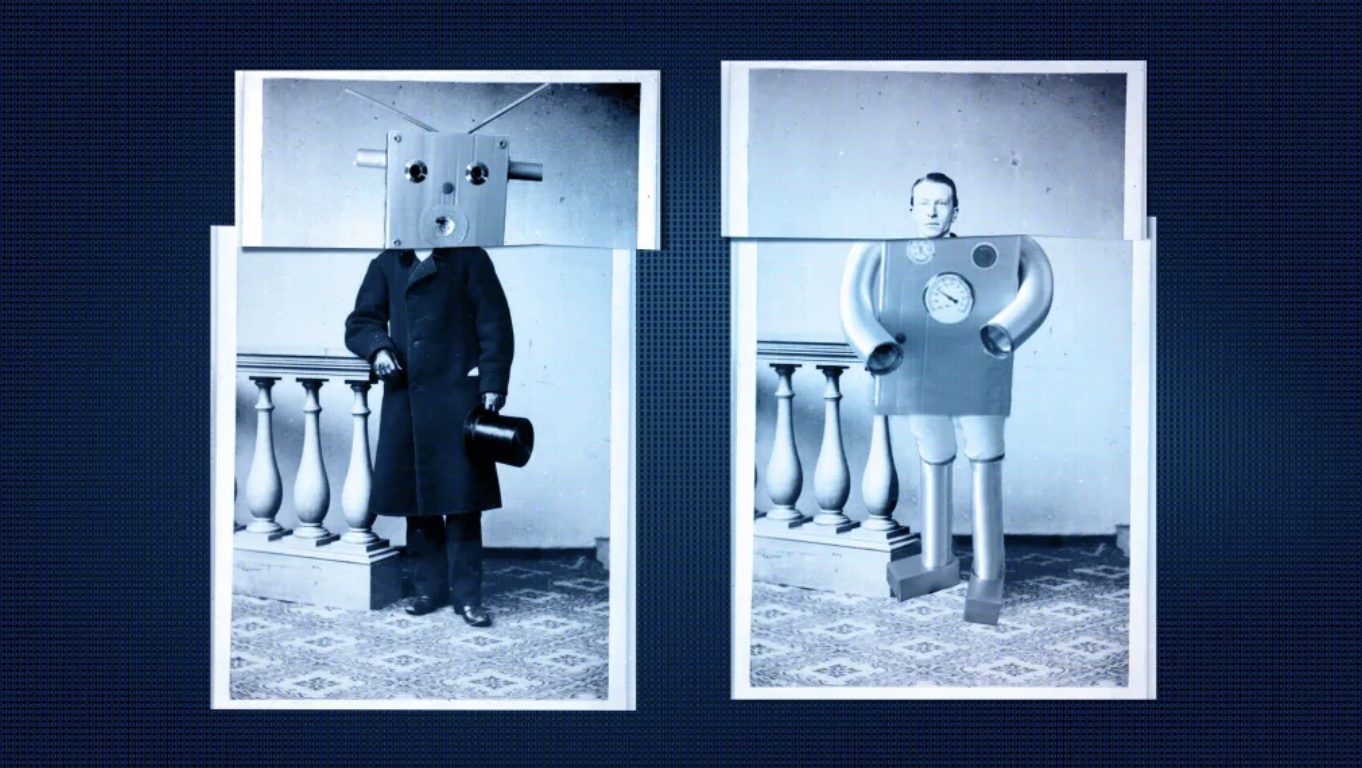
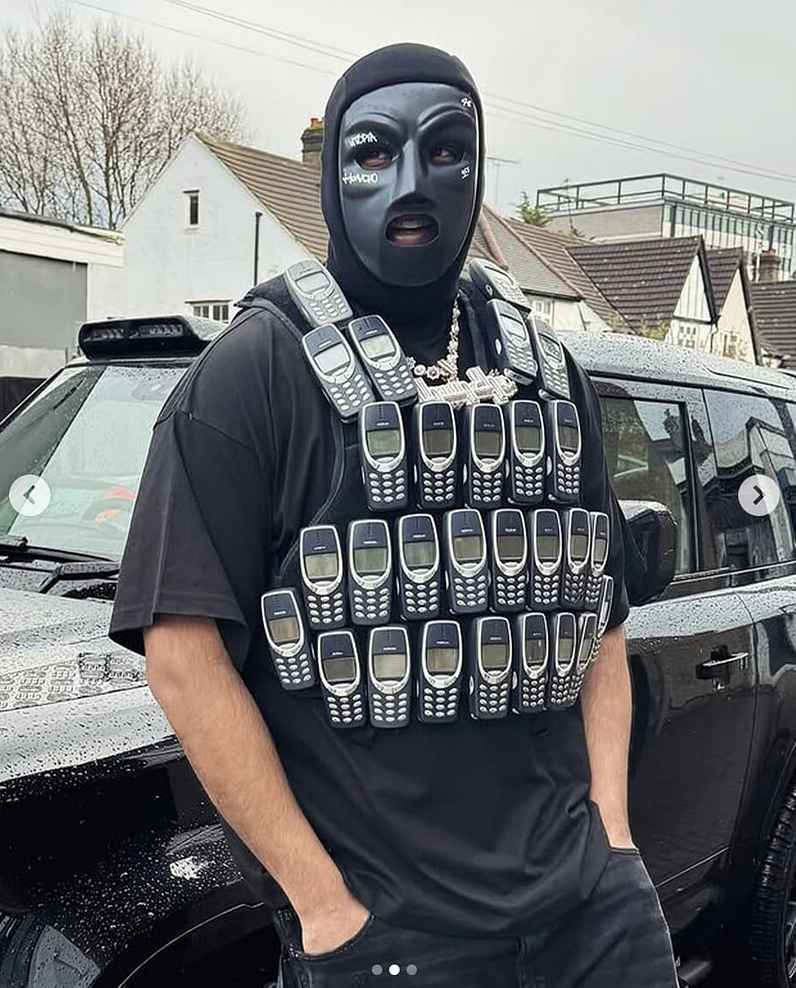
Key Themes
1. Urban Density vs. Solitude
Many of the images juxtapose sprawling cityscapes with individuals in moments of stillness or disconnection – sitting alone, turned away from the crowd, isolated in transit. This creates a contrast between hyper-connected urban life and a growing emotional solitude. Cities teem with infrastructure and motion, but humans within them appear paused, reflective, or even detached.
2. Nature Reclaimed / Nature Threatened
Some images depict overgrown structures, mossy ruins, or vines creeping over concrete, while others show scorched landscapes or polluted waterways. Together, they tell a double-edged story: a longing for nature to reclaim space, and a warning of ecological degradation and our accelerating climate crisis.
3. Surveillance, Screens and The Self
There are images of faces blurred by screens, eyes watching from walls, or reflections distorted in glass. These are not just literal – they comment on life lived through interfaces, constant self-monitoring and an omnipresent digital gaze.
4. Rituals of Collapse / Symbols of Rebirth
Images of ruins, decay, and glitchy visuals are balanced by occasional flashes of hope: glowing seeds, warm windows in cold environments, quiet moments of tenderness. These suggest both an acknowledgment of breakdown and a seed of something new.
What The Images Say About Our World
These images collectively speak to a contemporary condition of unease, where people float in liminal spaces – between nature and machine, between connection and isolation, between collapse and the dream of renewal. There’s a consistent undercurrent of:
- Dread about where technology and society are headed.
- Mourning for the natural world and former ways of being.
- Hope, albeit faint and flickering, in small acts of presence, care and attention.
Where Next?
If the images are prophetic, they suggest we’re at a threshold: a breaking point where society might tip further into isolation and collapse; or a liminal space where new values (slowness, care, ecological interdependence) can emerge. The documents don’t give us answers, but they feel like they’re whispering a warning – and an invitation. To look more closely. To feel. To resist the default. To imagine what might come after the systems we’re entangled in.
(All text has been copy and pasted directly from ChatGPT)
Some Further (Human) Thoughts ...
Asking ChatGPT to interpret a set of images invites us to glimpse how machines now process human expression. It’s seductive: what the AI returns feels coherent, insightful, even poetic. At the same time, it also feels pretty jarring.
Looking further afield, the language-obsessed artist Nora Turato’s exhibition pool7, now on view at London’s ICA, grapples with a similar unease. Around 1,800 A4 printouts, each bearing a few lines of text, cover the gallery walls. The text is set in sans-serif type and ranges from relatable exhalations to poetic questions to scattered brain dumps.
In her review of the show, London-based writer and editor Isabelle Bucklow reflects on how language – like imagery – is no longer simply a vessel for human feeling. In the age of Large Language Models and ChatGPT, language has become increasingly slippery: saturated with noise, drained by repetition and harder than ever to hold onto. It’s being looped, regurgitated and reprocessed by the very systems we taught to speak.
What emerges is less a mirror than a manufactured mood board of who we’ve trained the machines to think we are – a kind of algorithmic collage. In her essay, Bucklow also reflects on artist Ed Atkins’s new book, Flower:
“In the opening pages Atkins describes the perverse pleasure of eating a pharmacy sandwich wrap: ‘The main ingredient in ultra-processed meats is their ultra-processing, the ultra-processing culture and its technologies and histories rather than the beautiful pig in the past’. Much, indeed, like words churned through corporate machines until lifeless. After eating, Atkins drifts into the fantastical, describing himself as ‘a basic model cyborg on the streets with bits dangling off’. You are what you eat.”
Bucklow continues:
“All this ultra-processing gives rise to a quandary: it was our language training and our feedback that created the vocabularies of the bots. When did the tables turn? What remains of that beautiful pig in the past? AI responses now commonly include AI-generated content: AIs converse with other AIs, LLM-generated content is fed into the training of new ones, and humans engage one AI to write the prompts for another. In 2023, tech reporter Casey Newton raised ‘serious concerns about the gradual dilution of the human factor in… text data’. It has all gotten rather ouroboric: who is eating who?”
Turato’s practice wrestles with the exhaustion of expression in an over-mediated age. Prompting ChatGPT offers us the illusion of agency in a process already defined by massive systems of linguistic digestion. Both Turato’s show and our AI image analysis experiment reveal a deeper anxiety: that even our most human modes of communication – speech, image, story – are being hollowed out by scale and speed.
The question is no longer “what can AI do?” but “what’s left of us once it does?”
| SEED | #8324 |
|---|---|
| DATE | 05.06.25 |
| PLANTED BY | PROTEIN |
| CONTRIBUTORS | SEED CLUB |


